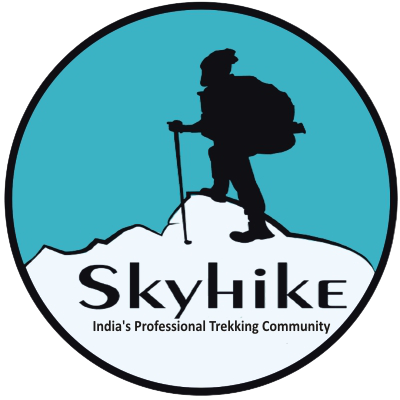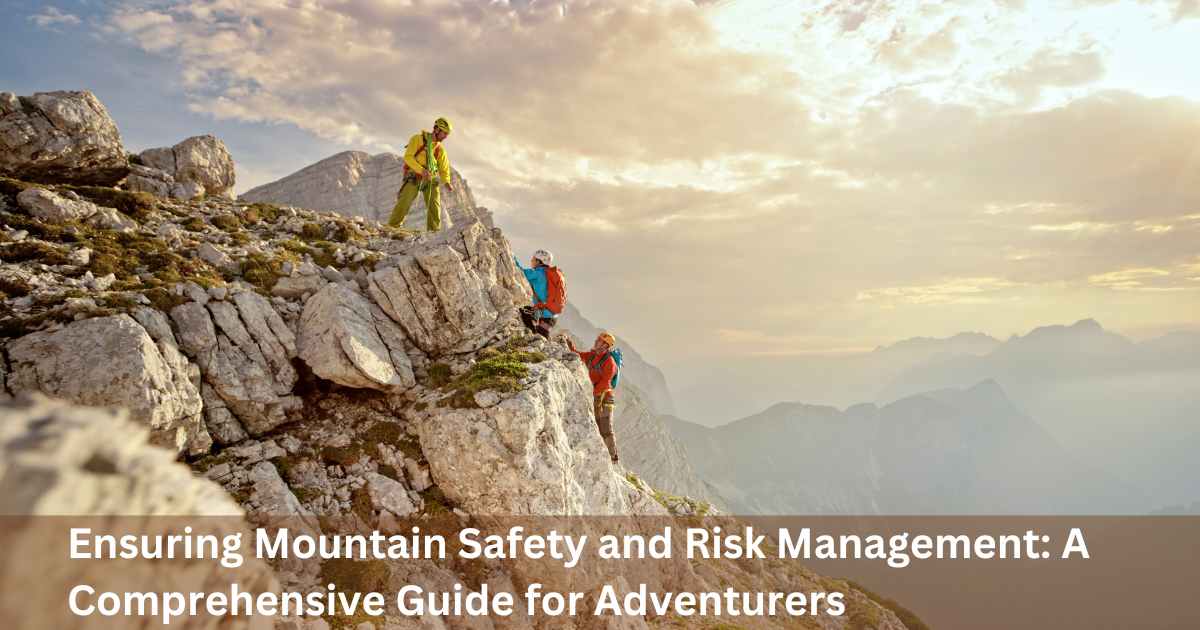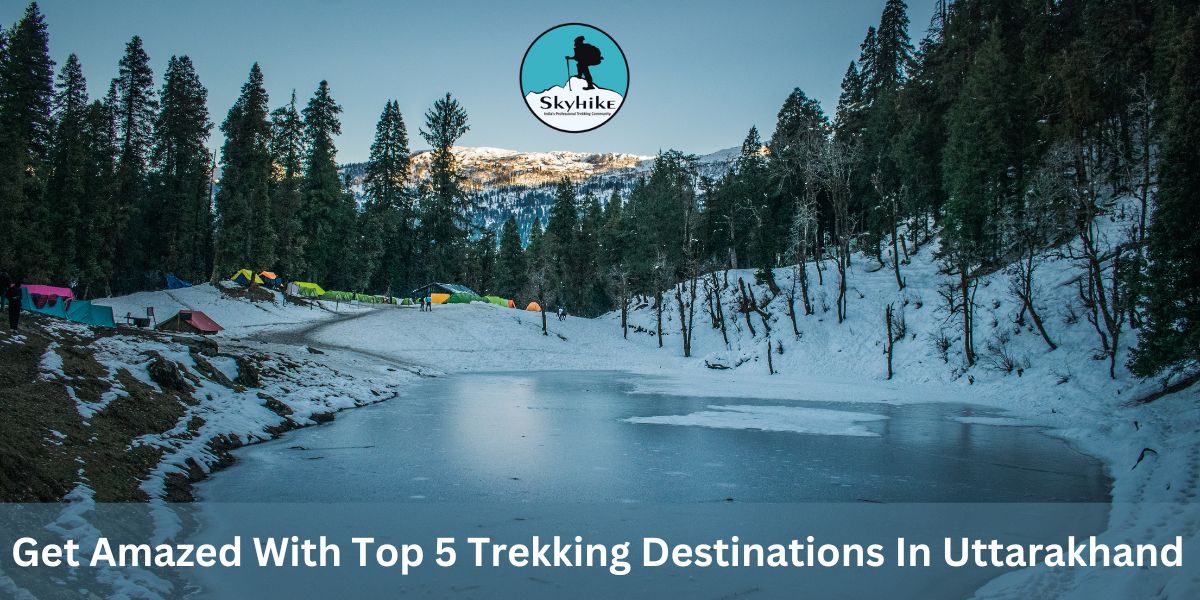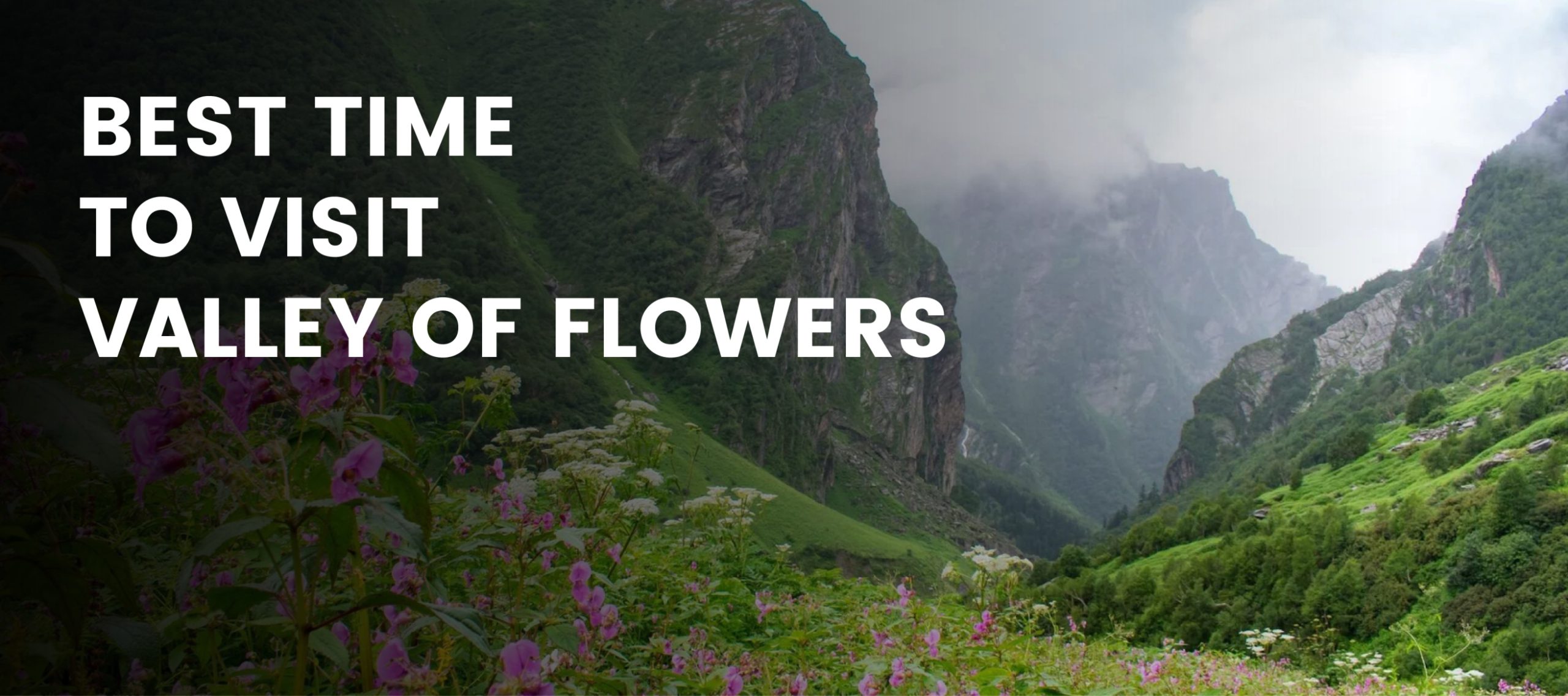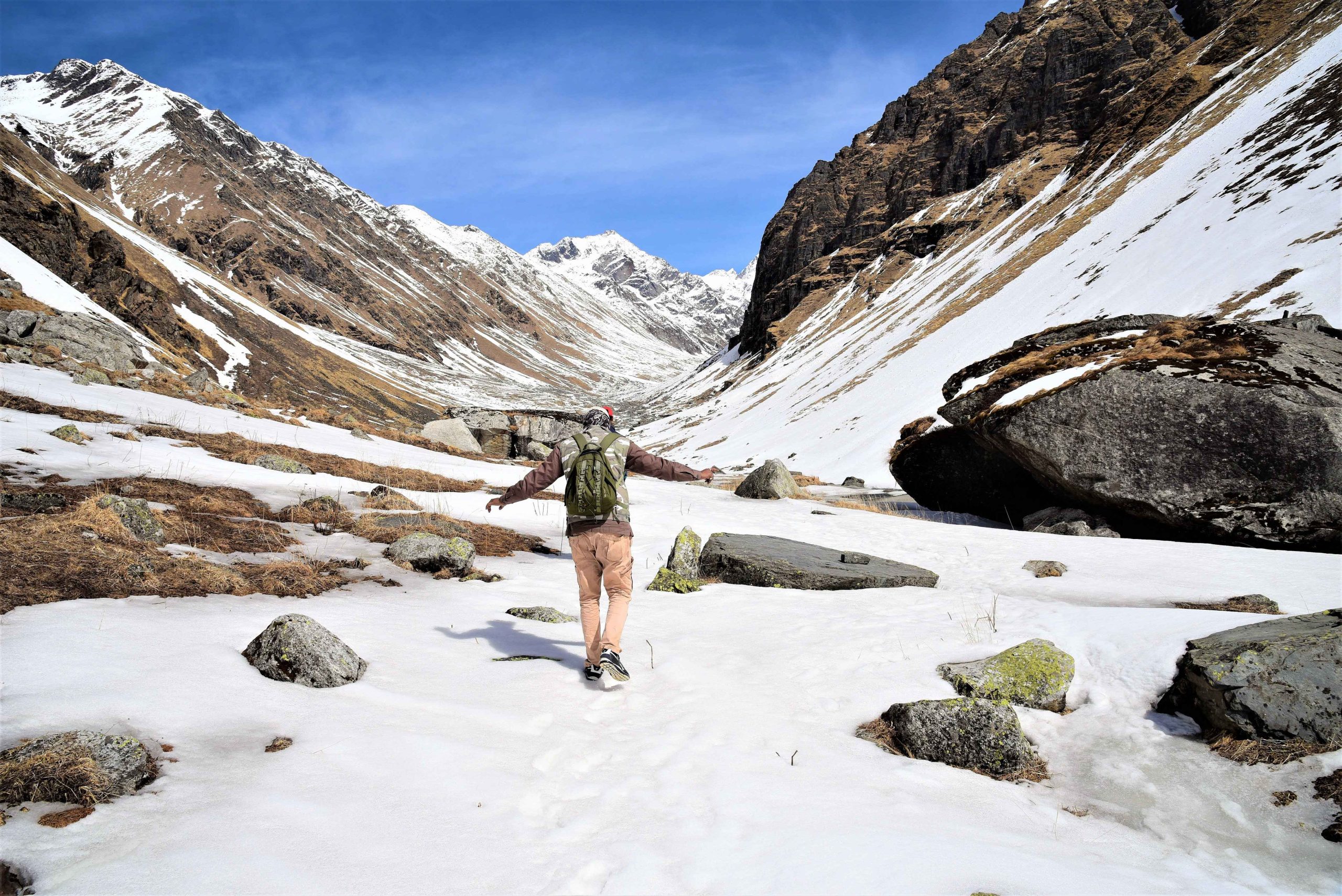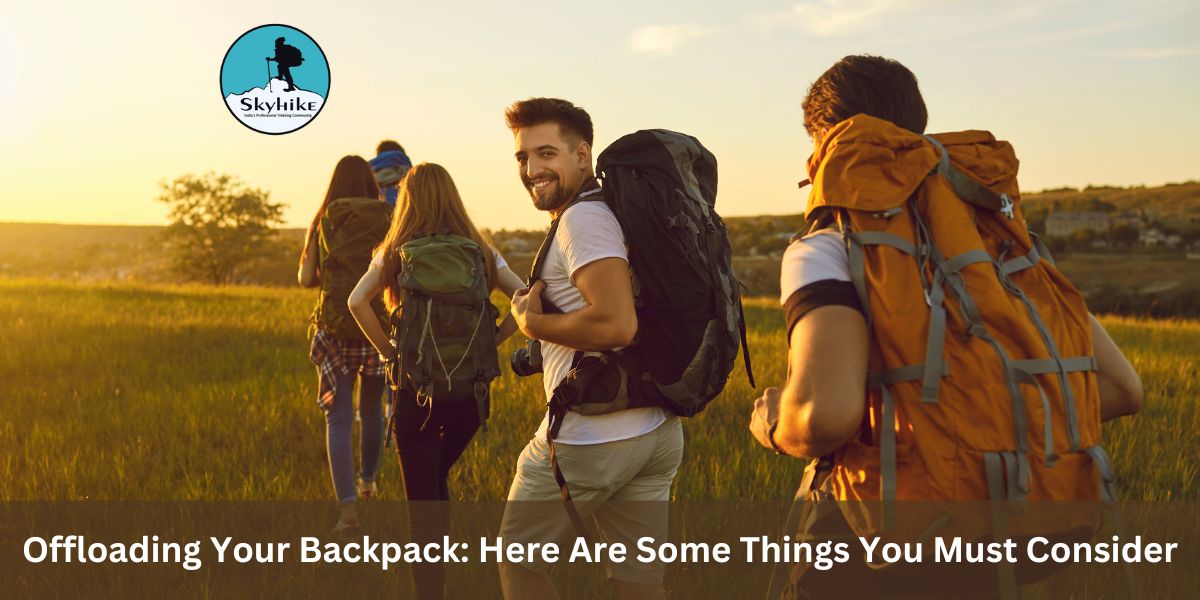Mountains hold an allure that beckons adventurers from around the globe. Majestic peaks, breathtaking vistas, and the thrill of conquering rugged terrain draw hikers, climbers, and outdoor enthusiasts alike. However, amidst the beauty and excitement, lies inherent danger. Ensuring mountain safety and effective risk management is paramount for anyone venturing into these formidable landscapes. In this comprehensive guide, we’ll delve into essential practices and strategies to help adventurers navigate mountains safely, minimizing risks and maximizing enjoyment.
Understanding the Terrains for Mountain Safety
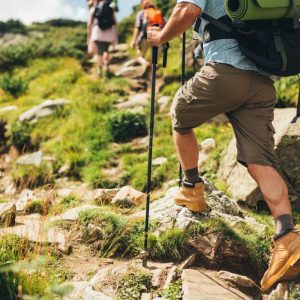
Before setting foot on any mountain, it’s crucial to research and understand the terrain thoroughly. Each mountain range presents unique challenges, including elevation, weather patterns, wildlife, and geological features. By familiarizing yourself with these aspects, you can better prepare for potential hazards and plan accordingly. Utilize topographic maps, trail guides, and local resources to gain insights into the area’s characteristics.
Equipment Essentials:
Equipping yourself with the right gear is fundamental for mountain safety. Quality equipment not only enhances performance but also provides crucial protection in unpredictable conditions. Invest in sturdy hiking boots with excellent traction, layers of moisture-wicking clothing, a reliable backpack, and essentials like navigation tools, first aid kits, and emergency shelter. Additionally, carry sufficient food and water to sustain yourself throughout the journey, as dehydration and exhaustion can pose significant risks.
Navigating Weather Challenges:
Mountain weather is notoriously unpredictable, with conditions changing rapidly and dramatically. Before embarking on any expedition, check weather forecasts diligently and be prepared for sudden shifts in temperature, wind, and precipitation. Dress in layers to adapt to changing conditions easily, and always carry rain gear and insulation to stay warm and dry. In case of severe weather warnings, exercise caution and consider postponing your trip to ensure your safety.
Risk Assessment and Mitigation:
Assessing risks and implementing mitigation strategies are essential components of mountain safety. Conduct a thorough risk assessment before each outing, identifying potential hazards such as steep terrain, loose rocks, avalanches, and wildlife encounters. Develop a contingency plan and communicate it with your fellow adventurers, outlining emergency procedures and rendezvous points. Practice situational awareness throughout your journey, remaining vigilant for signs of danger and adapting your plans accordingly.
Emergency Preparedness:
Despite meticulous planning and preparation, emergencies can still arise in mountain environments. Therefore, being equipped with essential survival skills and knowledge is paramount. Learn basic first aid techniques, navigation skills, and how to signal for help in case of an emergency. Carry communication devices such as a satellite phone or personal locator beacon to summon assistance if needed. Additionally, familiarize yourself with local rescue services and emergency protocols to expedite response times.
Conclusion:
Ensuring mountain safety requires a comprehensive approach that encompasses thorough preparation, risk management, and emergency readiness. By understanding the terrain, equipping yourself with the right gear, and staying vigilant in the face of changing weather conditions, you can minimize risks and enjoy your mountain adventures safely. Remember to always prioritize safety over thrill-seeking and to respect the power and unpredictability of nature.
If want to go on a adventure like trekking in Uttarakhand then visit the Best trekking company in Uttarakhand– Skyhike.
FAQs
- What should I do if I encounter wildlife while hiking in the mountains?
If you encounter wildlife, maintain a safe distance and avoid provoking or approaching animals. Back away slowly and give them space to retreat.
- How can I prevent altitude sickness when hiking at high elevations?
To prevent altitude sickness, acclimatize gradually by ascending slowly, staying hydrated, and avoiding overexertion. Consider using medications like acetazolamide as a preventive measure.
- What should I do if I get lost or separated from my group during a mountain hike?
If you get lost or separated from your group, stay calm and assess your surroundings. Use navigation tools to try and retrace your steps, and if necessary, find a safe location to wait for help while signaling for assistance.
- Is it safe to hike alone in the mountains?
Hiking alone in the mountains can be risky, as there’s no one to assist you in case of emergencies. It’s recommended to hike with at least one companion, but if you choose to go solo, inform others of your plans and carry communication devices.
- How can I minimize the risk of avalanches when skiing or snowboarding in the mountains?
To minimize the risk of avalanches, check avalanche forecasts and avoid traveling in avalanche-prone terrain during high-risk conditions. Carry essential avalanche safety equipment, including a beacon, shovel, and probe, and consider taking an avalanche safety course.
